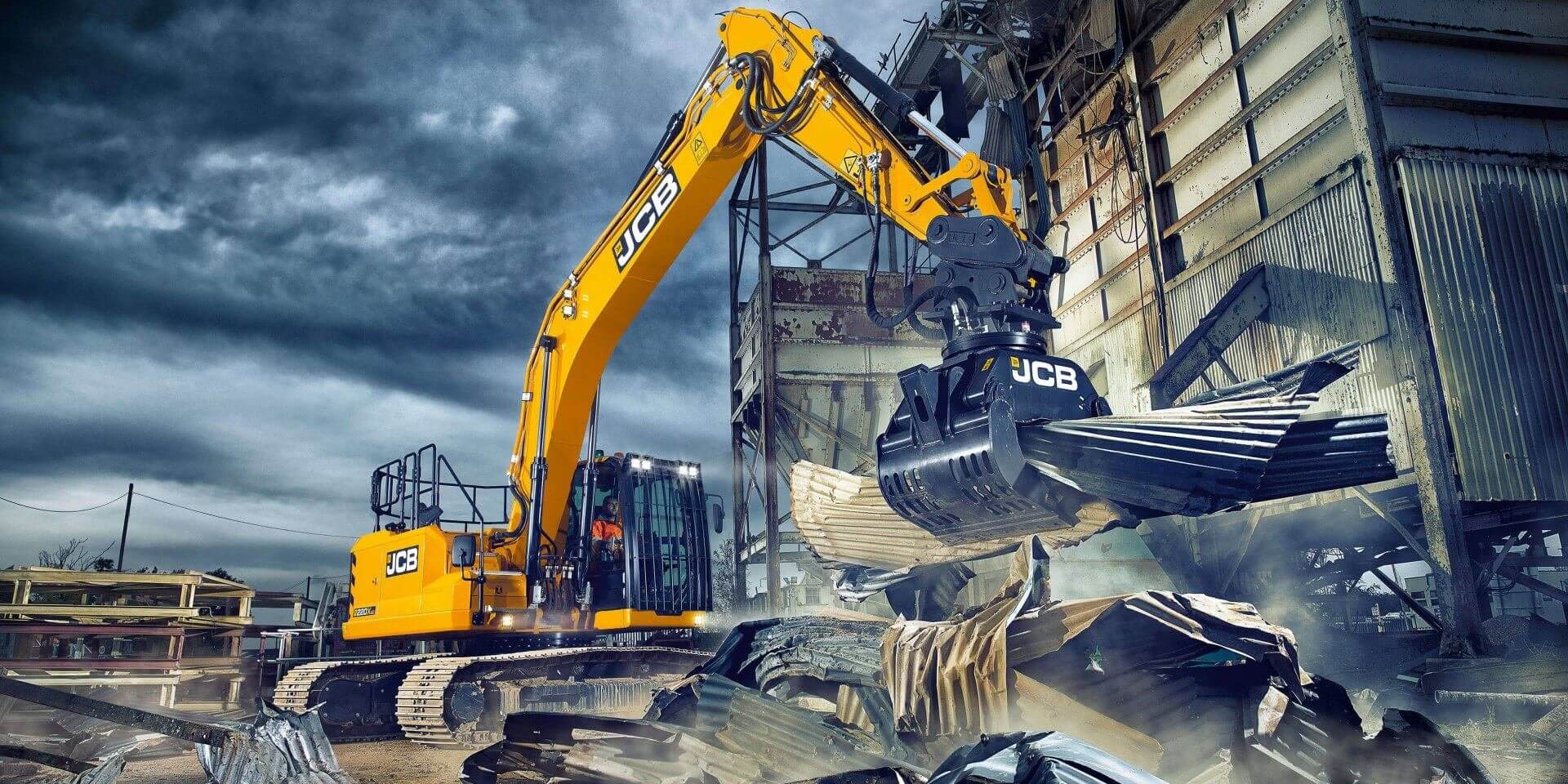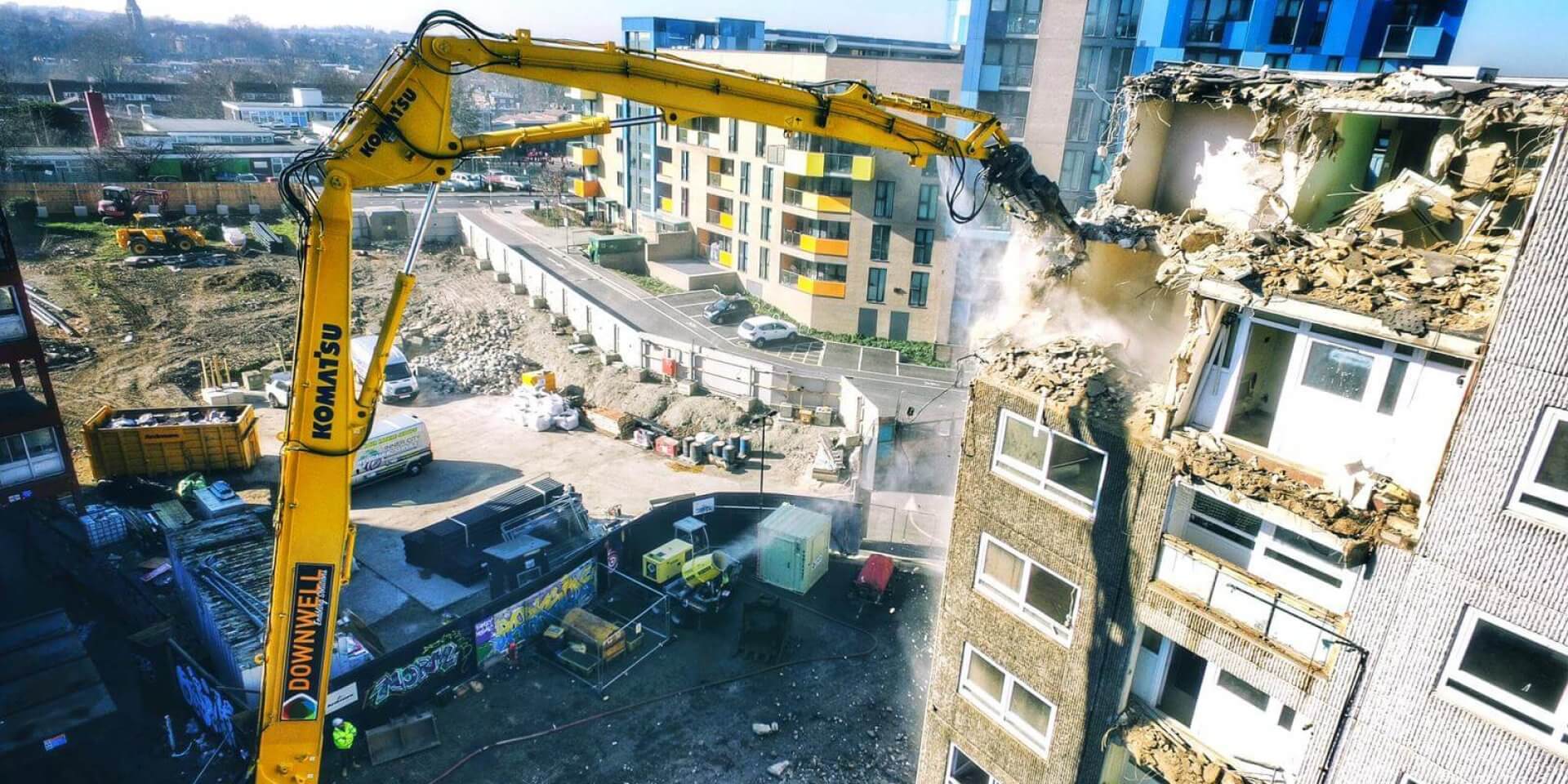
The devastating collapse of a massive steel boiler tower at a decommissioned thermal power plant in Ulsan, South Korea, continues to underscore the extreme risks inherent in preparing large structures for demolition.
As the search for two missing workers entered its fifth consecutive day on Monday, rescue teams and demolition professionals faced the highly complex and dangerous task of stabilising the site.
The incident occurred on 6 November as workers were actively taking down parts of the massive steel structure to prepare for its full demolition. Initial reports confirmed seven people were trapped in the collapse. So far, three workers have been confirmed dead, while two others are still feared dead beneath the rubble.
The immediate operational priority involves stabilising the precarious environment. Rescue efforts have been severely complicated by the persistent risk of a further collapse of the mangled structure. This risk contributed to rescue operations being slowed, tragically resulting in the death of one worker who had initially been located alive but died at the site the following day.
To advance the recovery mission, demolition equipment is being mobilized. Fire authorities are preparing to dismantle two damaged towers (Boiler Towers 4 and 6) that flank the collapsed structure, Boiler Tower Unit 5. The strategy involves deploying heavy equipment to lift the extensive debris, utilising the dismantling of the flanking towers to improve access for search efforts. This coordinated approach involves a planned “directional” demolition to specifically aid the rescue and recovery of trapped workers.
The human tragedy is compounded by serious allegations concerning site safety protocols and labor practices. Members of the local labour community have raised concerns, arguing that structural deficiencies may have been linked to cost reduction measures, specifically the hiring of non-regular workers via subcontracting. Sources indicate that Korea Kacoh, a subcontractor, was the sole employer of workers on site at the time of the collapse. Furthermore, authorities suspect that a critical “regulatory blind spot” may have significantly contributed to the power plant collapse.
While the search continues, the incident has prompted a firm commitment from the government to implement policy changes and site-level safety management systems to ensure this type of accident “never happens again”. The trauma remains raw for the survivors and the families of the victims, many of whom were hard-working breadwinners.





